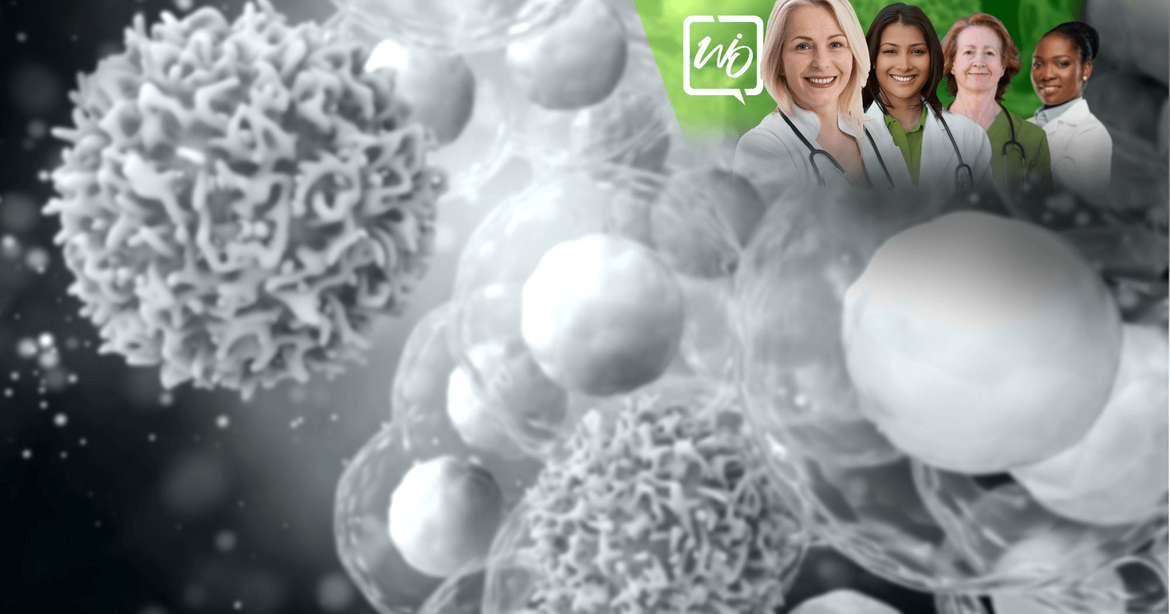BLOG: Addressing ‘pinkwashing’ — it’s time to use the pink ribbon for actual action
Every October, there are pink ribbons everywhere for breast cancer awareness month.
It often raises the question: “How much of the money spent on products branded with pink ribbons is actually going toward supporting breast cancer research and advocacy?”

Image: Adobe Stock
History of the pink ribbon
Breast cancer awareness month, which initially started as a week in October in 1985 to promote mammography as the most effective tool against breast cancer, has now become an annual month-long international campaign for education, awareness, action and raising funds to support breast cancer research.


The first breast cancer ribbon was actually a peach ribbon created by advocate Charlotte Haley who started a grassroots effort to spread awareness of the lack of funding for breast cancer prevention when her family members were diagnosed with breast cancer.
After Haley declined requests from Self Magazine for the rights to the ribbon, Evelyn Lauder, senior vice president of Estée Lauder, and Alexandra Penney, editor of Self Magazine, were advised to pick another color — and thus, the pink ribbon was created, quickly becoming the universally recognizable symbol for breast cancer.
Pinkwashing
Pinkwashing, a term coined by Breast Cancer Action in 2002, describes the practice of using the pink ribbon to market products without a meaningful donation to breast cancer research or advocacy. Pinkwashing can also refer to placing a pink ribbon on products that are known to increase breast cancer risk.
The Breast Cancer Action “Think Before You Pink” campaign calls for transparency and accountability by companies and encourages consumers to ask questions about pink marketing.
The pink ribbon is very powerful and does a lot of good — it may encourage someone to schedule their mammogram, donate to a breast cancer charity, reach out to a friend going through treatment, and more.
However, over time, the pink ribbon has become the face of many marketing campaigns and products with significant brand recognition. Yet, every single person affected by breast cancer will unequivocally say that breast cancer is not a brand.
Buying pink
By “buying pink,” people often think that they are supporting and donating to breast cancer research — when, in fact, this may not be happening. As the pink ribbon is unregulated, there is a lack of transparency about how much money will be donated, the recipient of the funds, if there is a cap to the donation, and whether the sale of the product will increase the donation.
Pinkwashing can lead to the thinking that breast cancer is only a “woman’s disease” when about 2,800 men will be diagnosed with breast cancer in 2023. In fact, many are not aware that men can be diagnosed with breast cancer and there continues to be a stigma about male breast cancer. This can lead to a delayed presentation and diagnosis for men, who are more likely to have a worse prognosis and be diagnosed at an advanced stage.
The ubiquity of the pink ribbon in October can often be triggering to and challenging for those affected by breast cancer. While we absolutely support celebrating previvors, survivors and thrivers throughout diagnosis, treatment and beyond — breast cancer parties and celebrations may lead to the misconceptions that breast cancer is a “woman’s cancer,” does not come with difficult side effects that persist beyond treatment, and is always curable — when in fact, approximately 43,000 women and 500 men will die of breast cancer in 2023 in the United States.
Take action
It is time for transparency, to move beyond profits, and to truly use the pink ribbon for action — to support research, improve outcomes and quality of life for those living with or beyond breast cancer.
Action points to use today:
- Consider donating directly to organizations supporting breast cancer research.
- Be mindful of the pink ribbon products you choose to purchase.
- Understand that each breast cancer survivor may have a different reaction or feeling toward the pink ribbon and the best ways they can be supported.
- Take action to understand your own risk for breast cancer, detection strategy, and ways to reduce breast cancer risk.
References:
- Altiner S, et al. Am J Mens Health. 2023;doi:10.1177/15579883231165626.
- American Cancer Society. Breast Cancer Facts and Figures 2022-2024. Available at: www.cancer.org/content/dam/cancer-org/research/cancer-facts-and-statistics/breast-cancer-facts-and-figures/2022-2024-breast-cancer-fact-figures-acs.pdf.
- Breast Cancer Action. In Memorium: Charlotte Haley, Creator of the First (Peach) Breast Cancer Ribbon. Available at: www.bcaction.org/in-memoriam-charlotte-haley-creator-of-the-first-peach-breast-cancer-ribbon/.
- Breast Cancer Action. What is pinkwashing? Available at: www.bcaction.org/pink-ribbon-marketing-culture/what-is-pinkwashing/.
- O’Malley C, et al. Breast Cancer Res Treat. 2005;doi:10.1007/s10549-005-4517-z.
- Schumer L. What is Pinkwashing? Some Breast Cancer Awareness products xxploit the disease for profit. Good Housekeeping. Available at: www.goodhousekeeping.com/life/money/a39027557/what-is-pinkwashing-breast-cancer/. Published Feb. 17, 2022. Accessed 15 Oct 15, 2023.
- Younas A, et al. Eur J Oncol Nurs. 2019;doi: 10.1016/j.ejon.2019.09.005.










